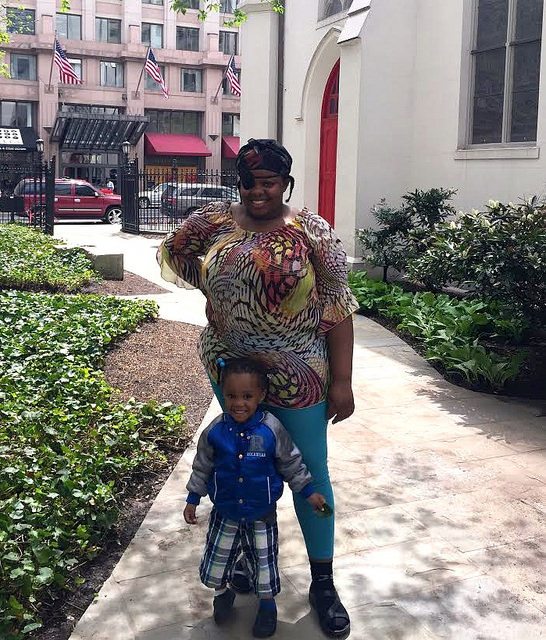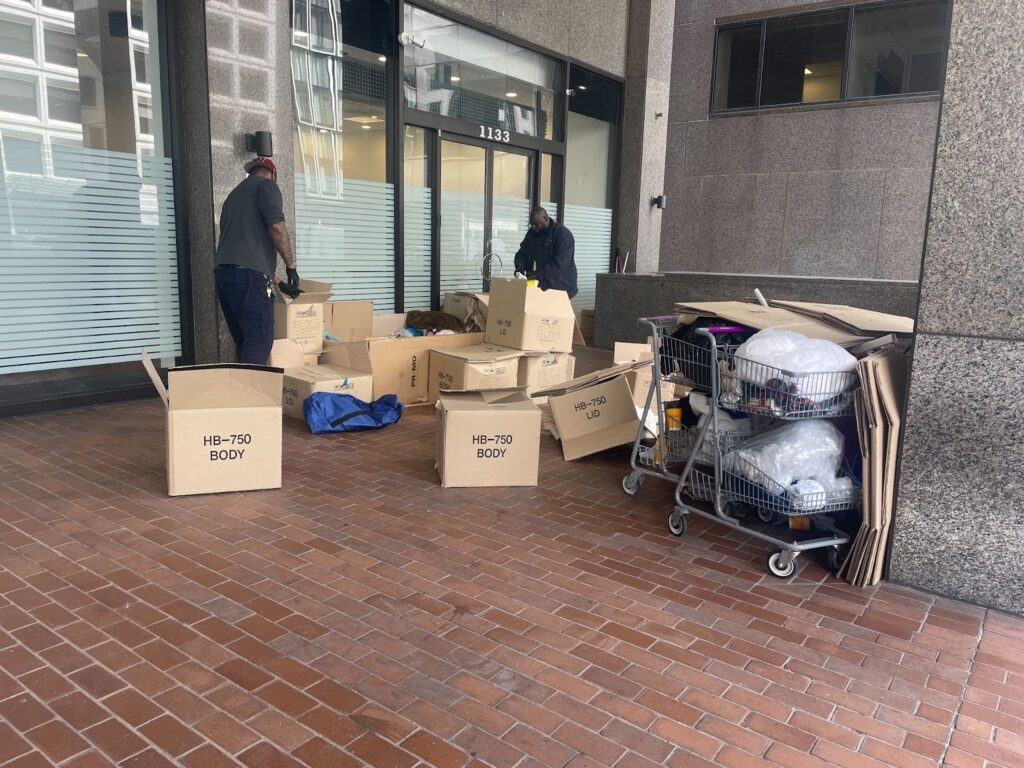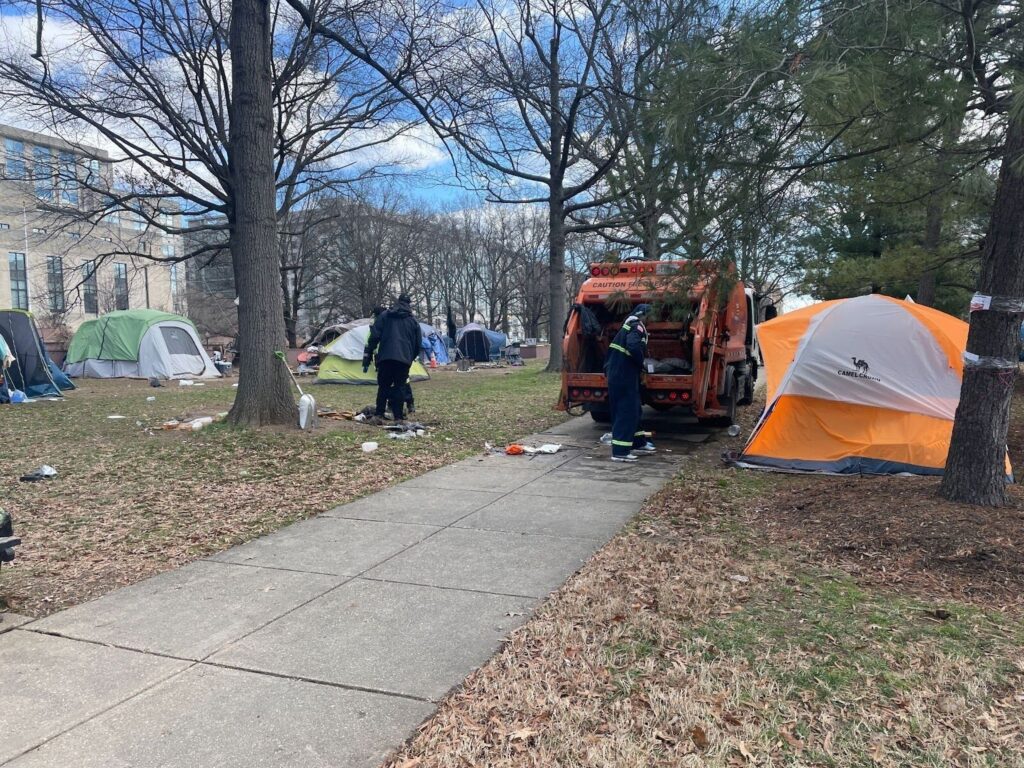For some recent high school graduates, Fall will be spent unpacking their socks, sweaters and textbooks into a new dormitory room. For Sasha Williams, the few items she grabbed from her mother’s house were being placed into the emergency shelter room she shared with several other women. Just four months after receiving her high-school diploma from Bethesda-Chevy Chase High School in Bethesda, Maryland, Williams left everything she had ever known.
It had been just another night in November of 2003 when Williams was raped at gun-point. She was sitting in a friend’s basement when the ambiance changed and a gun was pulled.
“‘You’re not going anywhere,’ he said. I was just crying. ‘Don’t run. I’ll shoot you,’ he said. ” Williams described. “I gave in, like I don’t know what’s gonna happen. He threatened to kill me if I told.”
Williams’ experience with sexual violence spurred her on a path of homelessness, a battle she is still fighting over a decade later.
As a child, Williams was molested by her step-brother. He would wake her up in the middle of the night and force her to touch him, other times, she would just wake up and find him on top of her. She believes this experience also acted as a catalyst for her mental health problems -bouts of depression, anxiety and bipolar disorder- leading to her eventual homelessness.
At least 20 studies since 1990 have found correlations between childhood sexual abuse and homelessness among adult women, according to an analysis by VAWnet – a resource center dedicated to preventing violence against women.
Childhood sexual abuse was reported nearly twice as often among people experiencing homelessness, when compared to housed participants in a study of women seeking help from a sexual assault crisis center. The relationship between sexual assault and homelessness is complex, with either experience able to lay the groundwork for the other.
“There’s a kind of invisibility in that community and the perpetrators know who to target,” former District Rape Crisis Center worker Jamila Stevenson said. “They’ll think, ‘Who are you gonna to tell?,’ ‘Who’s gonna believe you?’ They look at [homeless people] as disposable people.”
More than 60 percent of homeless youths have been raped, beaten up, robbed or otherwise assaulted, reported a survey conducted by the University of Nebraska-Lincoln.
Cynthia Mewborn called the streets of the District home for a full-year. During her time on park benches, concrete and in Metro stations, she frequently experienced attempted assaults and harassment.
“I don’t know if there’s a neon light beeping on you, but people seem to know you’re new on the street. You’re homeless,” Mewborn said.
One night, Mewborn was sleeping in a tent, only to be awoken by two men with a gun, attempting to get her out. They were pulling at the edges of her pseudo shelter, hoping to lift it up.
“I’m not gonna have you out here harming me and I’m not gonna have you out here intimidating me,” Mewborn said. “Most people have the fight or flight mechanism. I was planning on fighting. Not flying away.”
She immediately notified the police and the men backed off some. To her surprise and dismay, she was told by the responding officers that she should “calm down.”
“One reason why rape goes unreported within the homeless community is because often times, they’ve had very negative experiences with police officers,” Stevenson said. “They may feel very threatened, or very afraid. They could have had violent experiences.”
The second highest unreported crime between 2006 and 2010 was rape, according to a special report by Department of Justice. Sexual assaults go unreported for any number of reasons including threats, self-blame, and fear that the authorities may not believe what happened. Only about two percent of rapists will ever serve a day in prison, according to a study by the Rape Abuse & Incest National Network (RAINN) that factored in unreported rapes.
“You have to be aware, because at the end of the day, there are people out there–predators–that look for these types of situations,” Mewborn said. “You can be dirty, you can be smelly, but they still want to rape you. They don’t care. That goes to show you what kind of person you’re dealing with.”
A number of other times, Mewborn was harassed on the streets by men gauging her reaction to their verbal assaults. She has even been cornered on the District’s public transit system.
“It was never a homeless man. Not once. It was always people who had jobs, people who had homes, probably people who had bank accounts and a whole lot of other stuff. It was regular citizens,” Mewborn said.
Three of every 10 homeless women–and nearly as many homeless men–were sexually or physically assaulted while on the streets, according to a report from the Archives of Internal Medicine. Men may experience rape at a lower rate than women, but that is not to say that it does not happen.
“It’s very against masculinity to be a survivor of sexual violence. It’s seen as a feminine issue, and so men are often afraid to come forth and talk about their experiences,” Stevenson said. “Often they’re ridiculed and teased, and asked how they could have allowed themselves to experience it.”
One out of every ten men is a victim of sexual assault and one out of six boys will be sexually abused by the age of 18, according to statistics by Rape Victim Advocates (RVA), a rape crisis organization.
“Predators look for vulnerable people. They don’t care if you’re a man or a woman, if you’re homeless,” Mewborn said.
Child abuse, substance dependence, length of homelessness, mental illness, location and economic survival strategies such as panhandling and sex trade can all increase homeless people’s risk of sexual assault, according to VAWnet.
Mewborn described being approached by a woman to become a prostitute. She claimed to have several girls working for her already.
“There ain’t no way I’m gonna be a prostitute. Not today, tomorrow or ever. I don’t care if I’m homeless,” Mewborn said. “She was nothing but a pimp, looking for vulnerable people.”
Sometimes homeless people will turn to sex work as a last resort. Known as “survival sex,” this can include trading sexual acts for food, money, shelter or clothing. This is common among female street youth, but also affects men, women and transgendered individuals of all ages, according to research by Canadian think tank Homeless Hub. A significant number of sex workers are survivors of sexual abuse, including rape.
“You have to be strong-willed or you’re not gonna make it,” Mewborn said. “When you’re out on the streets, you’re like an animal. It’s all a matter of survival.”








